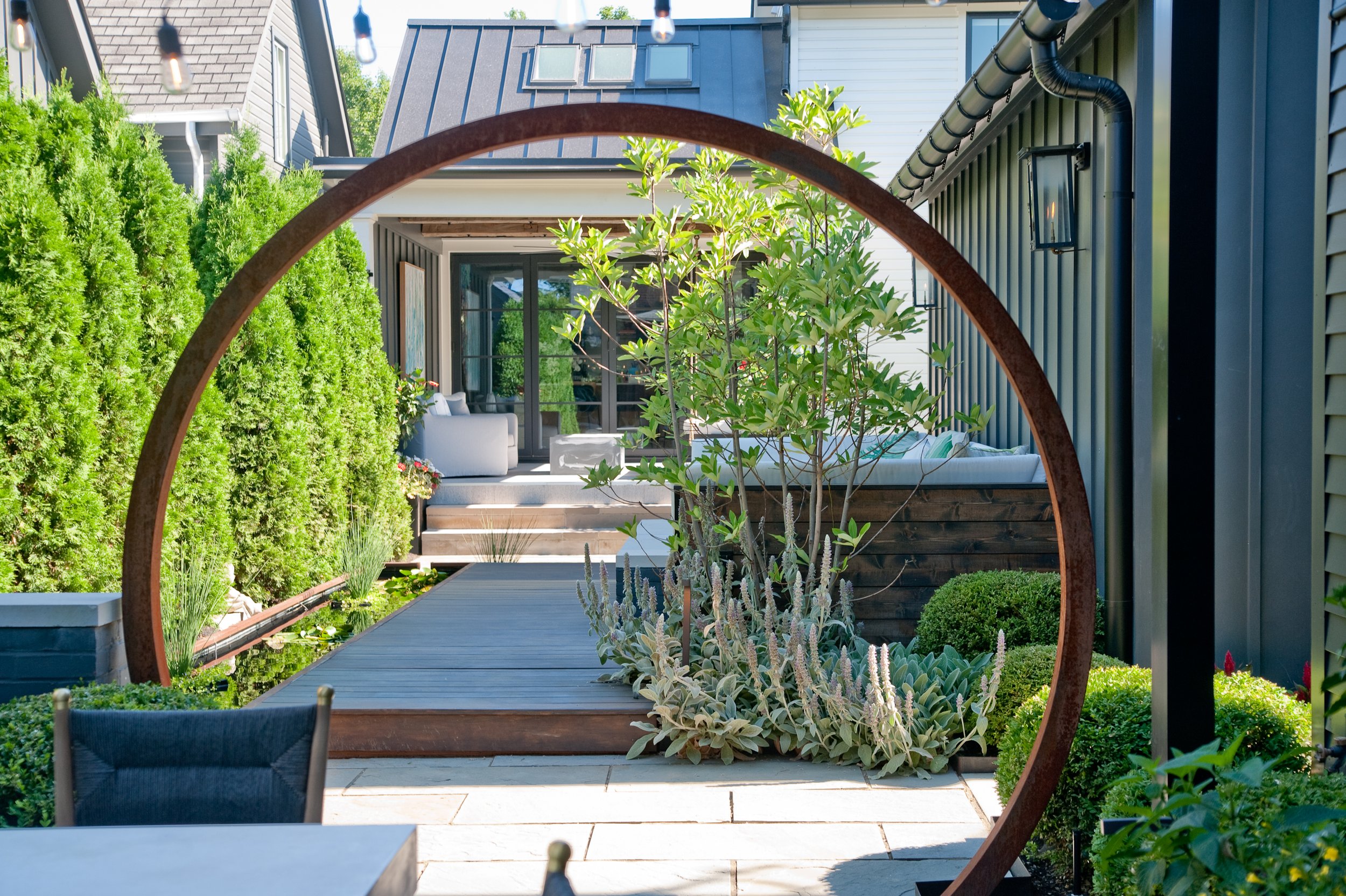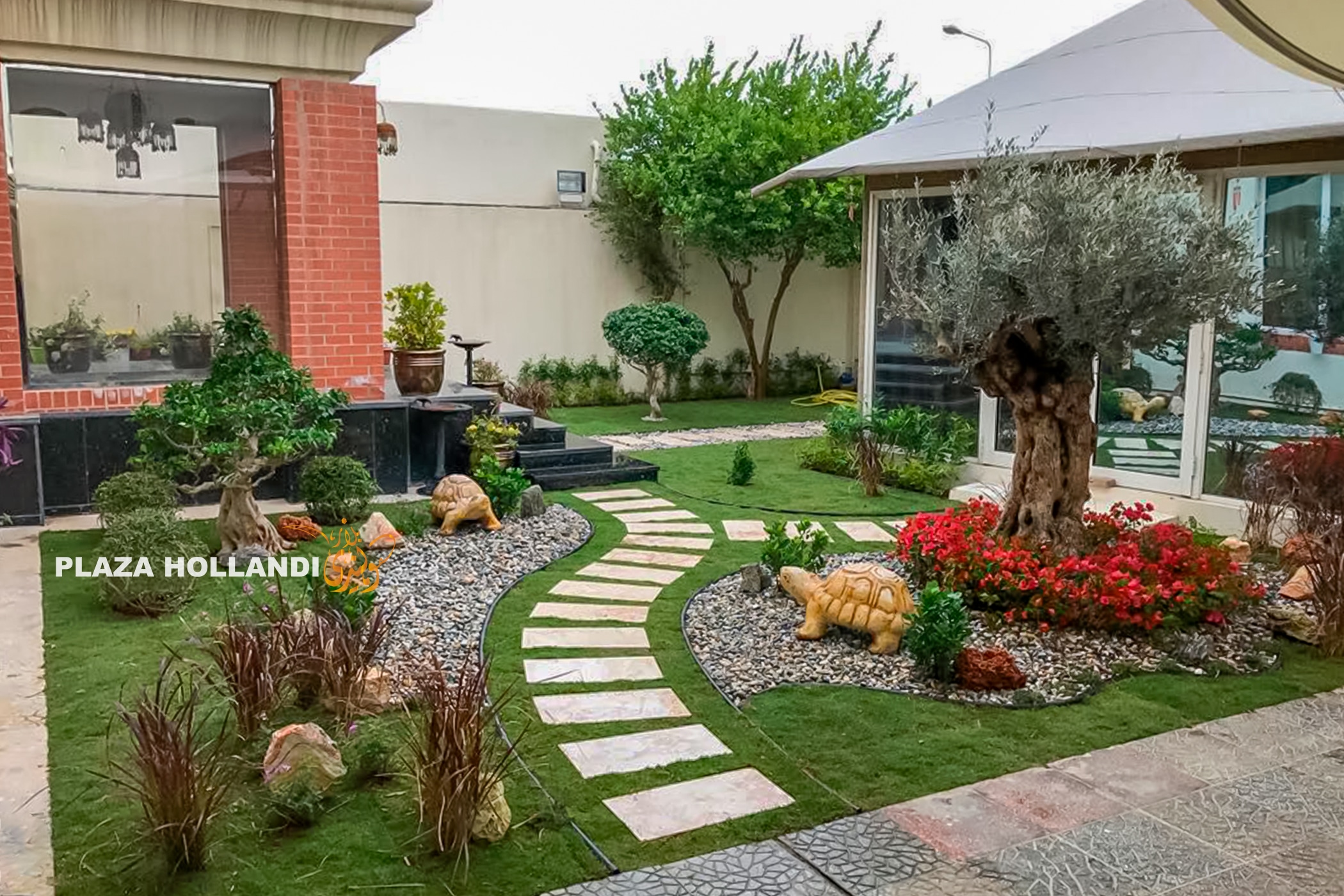Transforming Your Landscape With Lasting Layout
With the growing problem for environmental sustainability, numerous house owners are currently seeking ways to change their landscapes right into environment-friendly sanctuaries. Lasting design not only aids to lower the adverse influence on the environment but likewise supplies various advantages for the property owners themselves. By including eco-friendly style aspects, picking indigenous plants, and applying water preservation strategies, one can develop a greener and more lasting landscape. How exactly can one accomplish this? In this discussion, we will certainly explore the various advantages of sustainable landscape design, explore the methods to incorporate environmentally friendly style components, and share suggestions and techniques for preserving a sustainable garden. If you're looking to transform your landscape into a lasting oasis, keep reading to uncover the secrets to accomplishing a greener and much more ecologically pleasant outside room.
Advantages of Lasting Landscape Design
Sustainable landscape design uses many benefits for both the atmosphere and property owners. Among the essential benefits is water preservation. By integrating drought-tolerant plants and effective irrigation systems, sustainable landscape design minimizes water use considerably. This not just assists to preserve a priceless source yet likewise reduces water bills for homeowner.
One more advantage of lasting landscaping is the reduction of chemical usage. Conventional landscape design frequently relies on chemicals and plant foods, which can damage the setting and human health. On the other hand, lasting landscaping techniques focus on natural pest control approaches and organic fertilizers, minimizing the requirement for dangerous chemicals.

Last but not least, sustainable landscaping can increase residential or commercial property value. A well-designed sustainable landscape not just enhances the aesthetic appeal of a residential property however additionally demonstrates a dedication to environmental responsibility. This can draw in prospective customers and tenants who value sustainable methods, causing greater home demand and value.
Including Eco-Friendly Layout Components
By integrating environmentally friendly layout elements, building owners can enhance the sustainability of their landscapes while minimizing their environmental influence. Environment-friendly style elements focus on making use of sources efficiently, lowering waste, and promoting biodiversity. One important aspect is water conservation. Setting up rain harvesting systems and utilizing drip watering can significantly minimize water intake. Indigenous plants need to also be focused on in landscape design, as they are adjusted to the neighborhood environment and call for much less water and upkeep. In addition, integrating sustainable materials is critical. Using recycled or reclaimed materials for hardscaping not only decreases waste but also includes an one-of-a-kind visual to the landscape. An additional essential component is energy efficiency. Mounting solar-powered illumination or making use of low-energy LED lights can decrease power consumption. Creating habitat for wildlife is a vital environmentally friendly design component (Ogden Edge Design Company). By consisting of features such as bird feeders, insect hotels, and indigenous plantings, homeowner can bring in and sustain a diverse series of wild animals. Including these eco-friendly style components not just benefits the environment however likewise creates a lovely and lasting landscape for homeowner to take pleasure in.
Choosing Native Plants for a Lasting Garden
When designing a sustainable garden, one important aspect to consider is the option of indigenous plants. Native plants are those that normally occur in a certain region or community and have actually adjusted to the neighborhood environment, dirt conditions, and wild animals. By picking native plants for your garden, you can produce a low-maintenance and sustainable landscape that Website benefits both the environment and the local environment.
Indigenous plants have advanced in time to be fit to the regional conditions, making them extra durable and much less based on chemicals, fertilizers, and extreme watering. They likewise give environment and food sources for neighborhood wild animals, such as butterflies, birds, and , which are necessary for pollination and biodiversity.
When selecting native plants for your garden, it is necessary to think about elements such as sunshine requirements, soil kind, and water requirements. Investigating and consulting with regional nurseries or gardening specialists can help you determine the native plants that are best suited for your specific location.
Along with their ecological advantages, native plants can also add beauty and diversity to your garden. They come in a wide array of colors, shapes, and dimensions, allowing you to produce a one-of-a-kind and aesthetically enticing landscape.
Water Conservation Techniques for a Greener Landscape
To create a more sustainable and environmentally-friendly yard, executing water conservation strategies is necessary for a greener landscape. Water is a priceless resource, and as our population grows and environment change intensifies, it becomes significantly essential to save water in our landscapes.
One reliable water conservation strategy is using mulch. Using a layer of compost around plants and in garden beds aids to retain dampness in the soil, decreasing the demand for frequent watering. Compost additionally aids to suppress weed development, which can take on plants for water.
One more strategy is using drip watering systems. Unlike typical sprinkler systems that spray water into the air, drip irrigation delivers water straight to the origins of plants, lessening evaporation and water waste. Drip irrigation systems can be quickly installed and adapted to fulfill the certain water requirements of different plants.
Rainwater harvesting is an additional beneficial method for water conservation. By collecting rainwater from downspouts, seamless gutters, and roofing systems, you can store it in barrels or storage tanks for later use in sprinkling your garden. This not just decreases the demand for municipal water yet also ensures that rain, a cost-free and natural source, is placed to good use.
Finally, correct upkeep of irrigation systems is critical for water conservation (Ogden Edge Design Company). Consistently evaluating and fixing any type of leakages or busted lawn sprinkler heads can stop water loss and guarantee that water is being utilized effectively
Preserving a Lasting Garden: Idea
Implementing proper upkeep techniques is necessary for maintaining a sustainable garden. By following a couple of ideas and tricks, you can ensure that your yard stays healthy and balanced, dynamic, and eco-friendly.
One of one of the most have a peek at these guys crucial facets of maintaining a lasting yard appertains watering. By watering your plants deeply and less often, you can urge deep origin development and lower water waste. Additionally, making use special info of a drip watering system or rain harvesting can even more preserve water sources.
Routine weeding is one more critical maintenance practice. Weeds take on your plants for nutrients and water, so it is very important to remove them without delay. Think about using organic mulch to reduce weed growth and retain wetness in the dirt.
Composting is an excellent means to reuse natural waste and enrich your yard soil. By producing a compost heap, you can transform cooking area scraps, yard trimmings, and various other natural products right into nutrient-rich garden compost. This will not just lower waste but likewise improve dirt wellness and fertility.

Normal pruning and appropriate plant treatment are likewise crucial for maintaining a sustainable yard. Pruning helps advertise healthy development, boost air circulation, and protect against the spread of illness. Additionally, offering sufficient sunlight, soil nutrients, and protection from severe climate condition will help your plants grow.
Conclusion
By incorporating eco-friendly style components and choosing native plants, people can develop a lasting garden that sustains neighborhood biodiversity and requires much less maintenance. Overall, preserving a lasting yard needs cautious planning and continuous dedication, however the benefits are well worth the initiative.
By incorporating eco-friendly design components, selecting native plants, and carrying out water conservation strategies, one can produce a greener and much more lasting landscape. In this discussion, we will certainly discover the numerous benefits of sustainable landscape design, dig right into the means to integrate environment-friendly style components, and share pointers and methods for keeping a sustainable yard. By including drought-tolerant plants and efficient irrigation systems, lasting landscaping minimizes water use significantly. By choosing indigenous plants for your garden, you can create a sustainable and low-maintenance landscape that benefits both the environment and the neighborhood ecological community.
By incorporating eco-friendly style components and picking native plants, individuals can create a sustainable garden that supports neighborhood biodiversity and needs less upkeep.